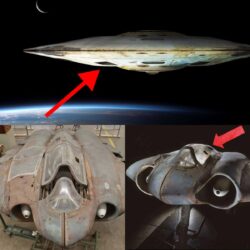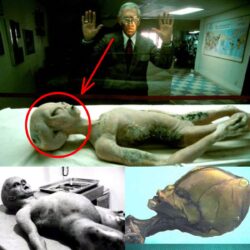In the annals of history, few chapters are as shrouded in mystery and intrigue as the era of the Third Reich. Amidst the horrors of World War II, rumors and speculation abound regarding the clandestine experiments conducted by the Nazi regime, particularly in their pursuit of advanced technology, including the elusive quest for UFO technology.
At the heart of this enigma lies a series of secretive experiments carried out by the German State Army, fueled by the ambition and obsession of high-ranking officials and scientists within the Nazi hierarchy. These experiments, conducted in hidden laboratories and remote facilities, sought to unlock the secrets of advanced propulsion systems and aerial technologies, with the ultimate goal of achieving military supremacy and global dominance.

The origins of the Nazi regime’s interest in UFO technology can be traced back to the early years of Adolf Hitler’s rise to power. Inspired by the notion of harnessing cutting-edge science and technology to further their ambitions, Nazi officials became increasingly fixated on the idea of developing revolutionary aircraft capable of defying the laws of physics and achieving unprecedented speeds and maneuverability.
To this end, a network of research facilities and testing grounds was established across Germany, where teams of scientists and engineers labored tirelessly to unlock the secrets of anti-gravity propulsion and other advanced technologies. Drawing on theories and concepts from leading physicists and aerospace experts of the time, these experiments pushed the boundaries of scientific knowledge and technological innovation, blurring the line between science fiction and reality.
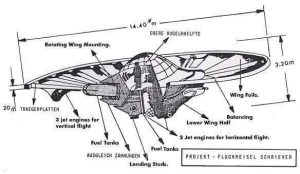
One of the most notorious figures associated with these experiments was SS General Hans Kammler, who oversaw a top-secret research program known as the “Kammlerstab.” Under Kammler’s leadership, scientists and engineers were tasked with developing prototype aircraft and propulsion systems based on unconventional designs and theories, including the infamous “foo fighters” reported by Allied pilots during the war.
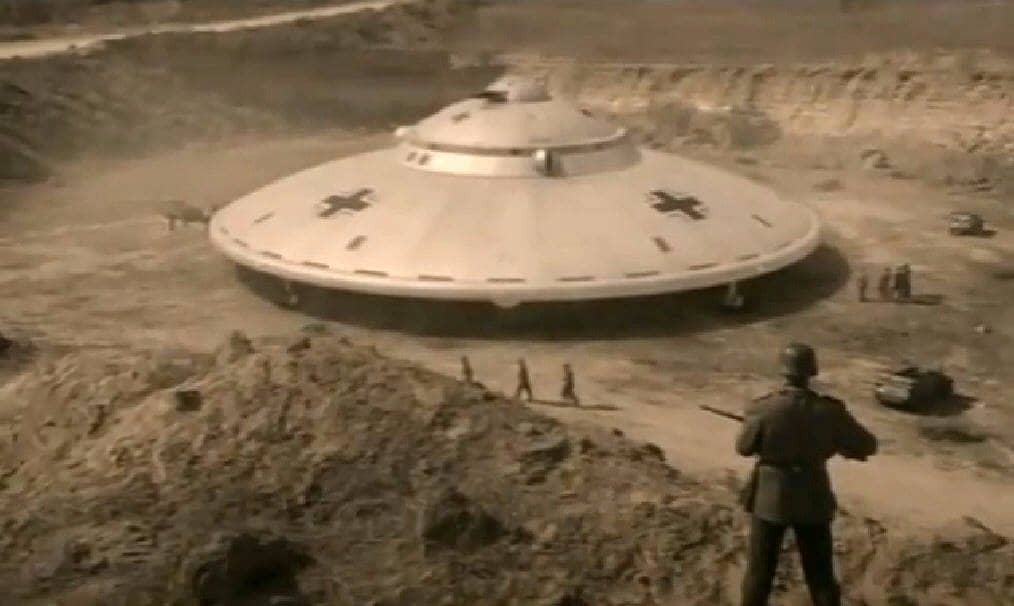
Despite the secrecy surrounding these experiments, rumors of their existence began to spread among Allied intelligence agencies, prompting efforts to uncover the truth behind the Nazi regime’s quest for UFO technology. As Allied forces advanced into German territory in the final months of the war, they encountered evidence of these experiments firsthand, including abandoned research facilities and prototype aircraft that defied conventional explanation.
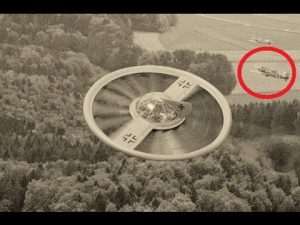
In the aftermath of World War II, as the dust settled and the full extent of Nazi atrocities came to light, the truth about the regime’s experiments with UFO technology began to emerge. Documents recovered from captured German archives revealed tantalizing clues about the scale and scope of these endeavors, as well as the ruthless methods employed by Nazi officials to achieve their goals.
Yet, despite decades of research and investigation, many questions surrounding the Nazi regime’s pursuit of UFO technology remain unanswered. The true extent of their progress, the fate of key figures involved in these experiments, and the ultimate fate of any advanced technologies developed during this time remain subjects of debate and speculation among historians and researchers.
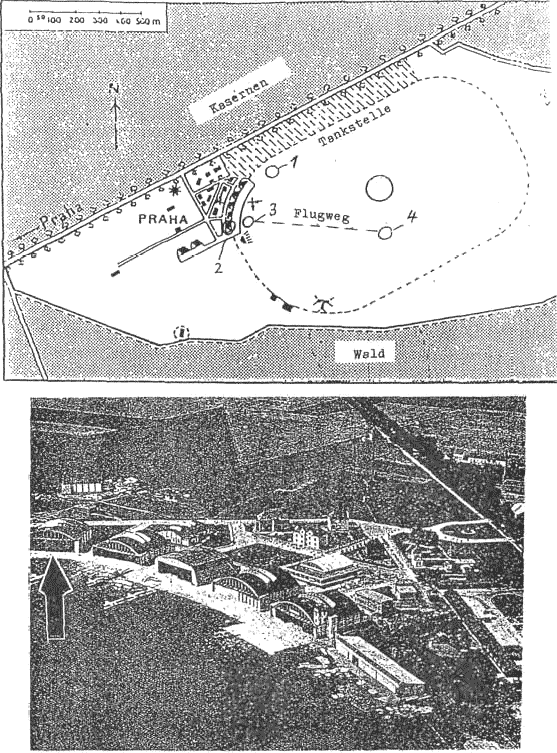
Today, as the world grapples with the legacy of World War II and the horrors of the Holocaust, the story of the Nazi regime’s experiments with UFO technology serves as a chilling reminder of the dark side of human ambition and the dangers of unchecked scientific pursuit. It stands as a cautionary tale about the perils of allowing ideology and hubris to drive the course of scientific progress, and a sobering reminder of the need for vigilance in the face of emerging technologies with the potential to reshape the world as we know it.
